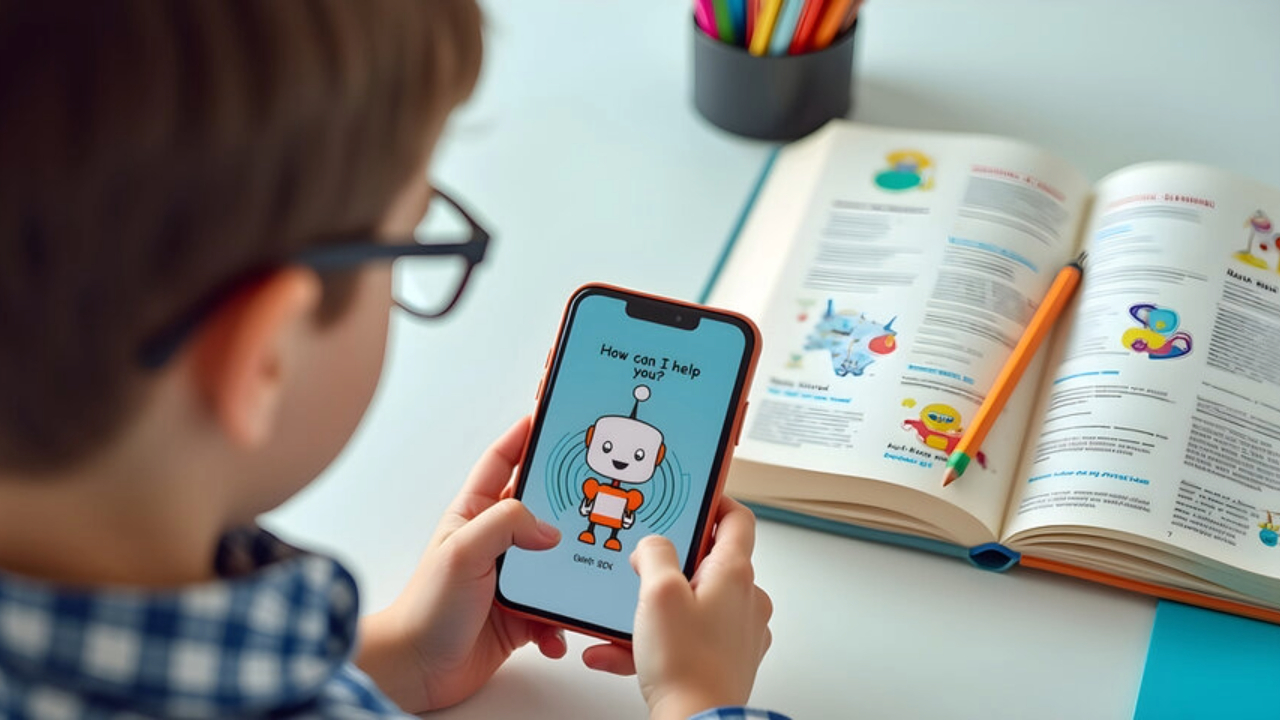Developing our Digitally Literate Nomads

A couple of days ago, I sat with a friend whilst she recounted her frustrating, and very relatable story of that one person in the office that refused to upload a key document onto their shared cloud. This was not only delaying productivity, it later transpired that the person in question found a patchwork system of working that separated them from the rest of the team, despite having the rest of the team offering advice to her.
It has happened to all of us. I bet you even found a familiar face pop up when you read that. When we look at our children, we imagine a shining future where they use technology as seamlessly as Iron Man and J.A.R.V.I.S to integrate their thoughts with their world. As we dream of our children’s future, we need to remember the need to explicitly teach and model digital literacy, just like we do with traditional literacy. Perfecting these essential skills mean our children will be able to access rich information and to connect productively with the world around them.
Digital Literacy is the skill set needed to comprehend, communicate and curate content through digital means. It is a skill that requires practice and attention to detail to improve upon. Here are the Four Principles of Digital Literacy with strategies and resources a parent, teacher, or Principal can use to proactively boost student development.
Comprehension
This is the ability to find reliable sources of digital information. It is also the ability to identify unreliable sources of information and to infer the underlying objectives of paid advertisements, disinformation and sponsored content. This year’s Safer Internet Day (2021) centred around teachers, parents and leaders delivering age appropriate activities that helped students as individuals, classes or across their school develop their comprehension skills. We wade through fake news, disinformation and opinions being presented as facts in our daily lives. Therefore, it is important that students learn how to critically analyse sources before sending them off on the yearly “Climate Change” research project. My advice is that these activities are best delivered over a course of at least several days to encourage students to think critically about digital information as a habit.
Interdependence
This one will help our friend above. The skill of understanding how devices and platforms are interdependent to build ecosystems is essential to understanding how to best apply “microskills” of platform use. I hate the phrase “Digital Natives”. This implies our poor students automatically know how these complex systems work, and they often find themselves as lost as an exchange student trying to pick up a foreign language through only immersion. This also implies that all adult educators are somehow exempt from developing these vital skills. What I can get behind is that our children are “Digital Nomads”. Able to glide from one device to the next, equipped with the knowledge of what skills they need to make a system work to their own ends. This comes from a knowledge of apps that are interdependent, a knowledge that they have learnt from us, their “guides”. A great example is using “Cloud Sharing” to organise personal files, collaborate and communicate in a school. Teaching the interdependence of platforms that make up your classrooms is an essential skill that needs to be explicitly taught as part of the transition of students from Primary to Secondary school. Mirroring the student’s immersion and training should be the parents’ access to workshops and advice on how to help their children access and understand how their school environment is built.
Stay up to date
Subscribe to the free GESS Education newsletter and stay updated with the latest insights, trends, and event news every week. Your email address will remain confidential


